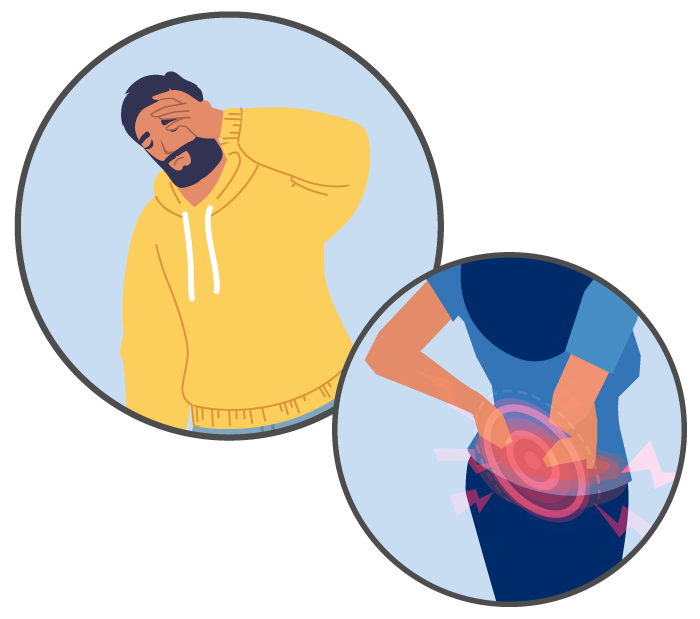What are the symptoms of brucellosis?
The symptoms of brucellosis are similar to those of many other illnesses and usually include: 
- Fever
- Sweats
- General feeling of being unwell (malaise)
- Headache
- Back pain
It usually takes 1–6 weeks from the time a person is exposed (such as by eating unpasteurized dairy products) to the start of symptoms, but it can take as long as several months for symptoms to appear.
Because the symptoms of brucellosis are like those of other common diseases, a healthcare provider may need to order specific lab tests to see if a person is infected with
Brucella. Tests for brucellosis may include taking a blood sample to test for infection.
Death from brucellosis is rare, but if brucellosis is not properly treated, infection can spread to the bones, joints, liver, kidney, spleen, or heart months to years later. Brucellosis can be treated with antibiotics, but antibiotics often must continue for several weeks or months to fully treat the infection.